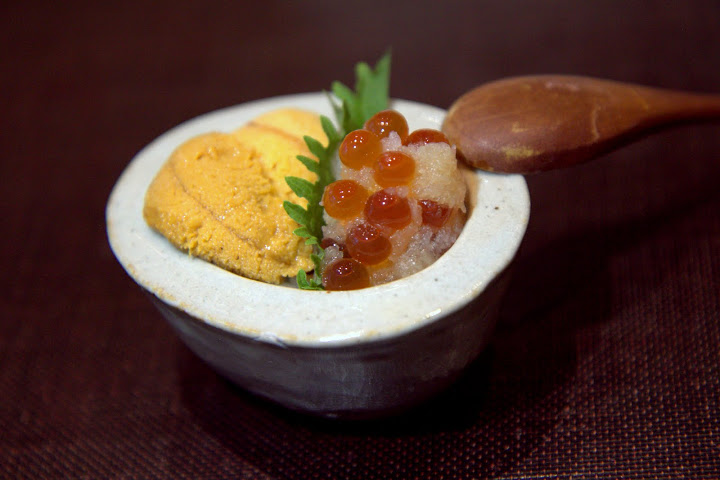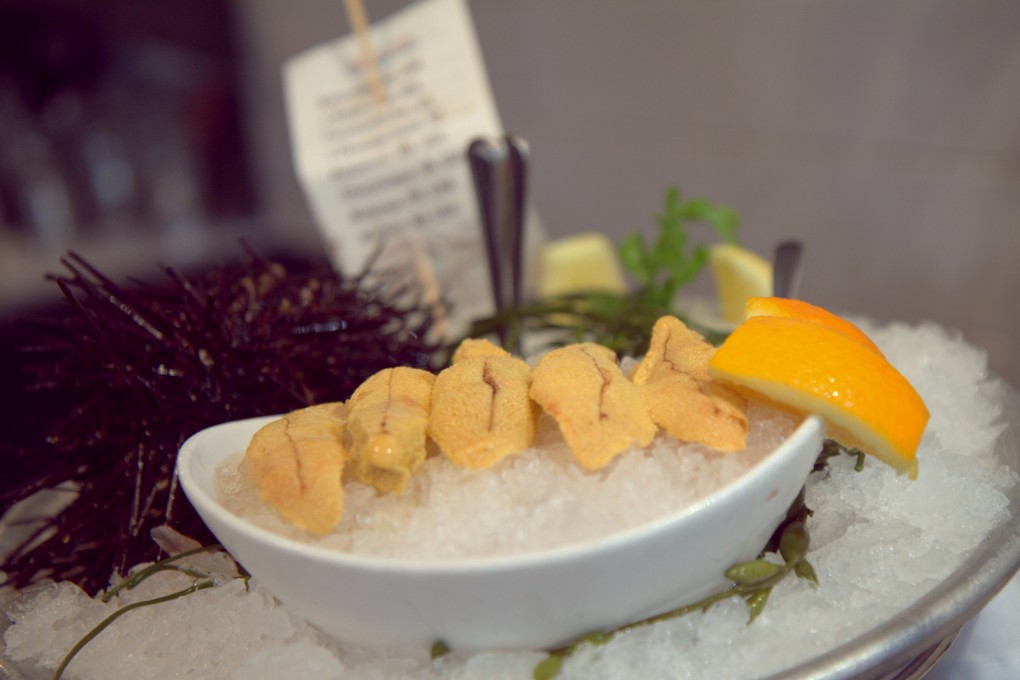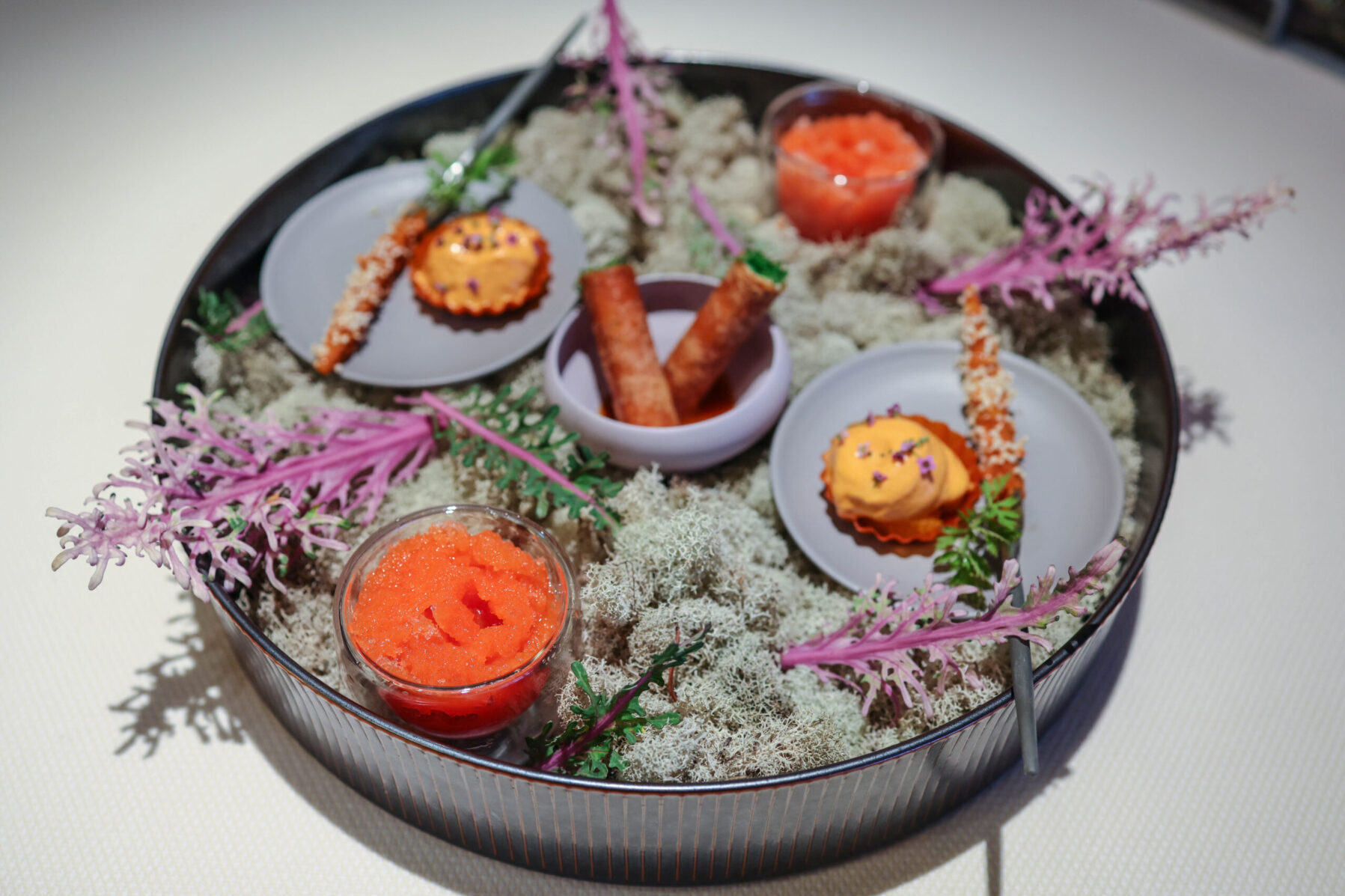First published here www.zagat.com/b/san-francisco/changing-tastes-you-can-learn-to-eat-even-like-everything at Zagat National in August 2014, Zagat took down all historic article archives after changing hands a couple times since my full time editor days so here is the article in its entirety:
“I can’t eat that.” “I’m totally allergic to…” I hear these comments constantly. While food allergies are on the rise — proven to be a legitimate, growing concern — plenty of people are hiding behind allergies they don’t really have.

I witness the efforts many friends and colleagues go through to diet without appearing to, their long lists of allergies or foods that “don’t make me feel good.” Sure, eating foods rich in butter, fats and the like can make you feel sluggish — in large portion. Richness has its downsides. But such foods are historically and always one of life’s greatest gifts. In smaller, daily measure, I can vouch that such foods result in feeling fantastically alive. Don’t get me wrong: I love greens and crave healthy eating, too. But sensual pleasure cannot be attained at its peak on mere produce (though it can come close).
Is it possible to actually train yourself to like things you hate? If you are a food writer, is it even imperative? I have long believed that it is. Not only should I eat everything, but I can learn to like it. It takes trying many versions of a dish or an ingredient before one is able to ascertain what a great rendition is. Studying the roots and origins of a dish or food group is my obsession, but it’s especially about tasting as many versions as possible of any given dish or drink.
In the ideal world, you’d go straight to the source: the region or country from which a dish or style of cuisine originates, then dig deep, something I’ve been privileged to do the world over, in over 40 countries, over 40 states, and many regions of those countries. I fondly recall multiple road trips — including a long two-week road trip — through the American South to study barbecue styles; exploring Charleston and its surrounding islands for Low Country and Gullah cuisine (comparing versions of She Crab Soup); digging into an array of Bolognese sauces in Bologna, Italy; or comparing moles in Oaxaca, to name just a few food adventures. But in the absence of being able to travel to said places, I can travel from home to no end of authentic eateries and communities behind the world’s cuisines.
Few have delved more into the chemistry and science of food than the great writer and food scientist Harold McGee, also a Bay Area local. Speaking with him about this subject, he confirms: “It’s absolutely true that flavor perception and flavor preferences are malleable and change with experience and with association to other aspects of experience. We aren’t born knowing what’s edible or delicious, apart from mother’s milk. We learn by eating different foods and associating their flavors with the effects they have on us, or the circumstances we eat them in.”
Years ago, I felt as if I’d found a kindred when I read Vogue food critic Jeffrey Steingarten’s book, The Man Who Ate Everything. He said, “Suddenly, intense food preferences, whether phobias or cravings, struck me as the most serious of all personal limitations… No smells or tastes are innately repulsive, I assured myself, and what’s learned can be forgot.” Steingarten backs this up with a few scientific facts, confirming my long-held goal of learning to like all, to try everything — not just once, but multiple times — until taste buds acclimate and best renditions convert.
Particularly when spending months in Southeast Asia 15 years ago working in remote orphanages and villages, I ate bugs, dog, fish prepared on dirty ground and other things I initially thought were impossible to eat. I’d tell myself, “If a country full of millions can eat this, why can’t I?” I knew it was a matter of what one is exposed and used to. So I vowed I would learn to eat everything.
Over the years, uni (sea urchin) has been one of my biggest conversions. I made the mistake of trying it in some nondescript sushi spot for the first time 13 years ago. It looked like a lumpy tongue draped over a piece of sushi, warm and mushy. I even gagged.

Over the course of five years, I tried urchin routinely, hating it every time. I have always loved oysters and been a seafood fanatic since I was a child, so I couldn’t understand why I recoiled from uni. I am certain it was not having the freshest and best prepared in the best way. It was years back at Fifth Floor (now Dirty Habit) when chef David Bazirgan served a gorgeous uni flan that I had a revelation: I loved uni’s umami flavor. Because of the low quality urchin I’d initially tried, I realized it was a texture thing. Once I could separate out what was bothering me, I tried uni only in fine dining restaurants for awhile. Continuing to eat it over a few years, somewhere I crossed an invisible line. I now crave and seek out urchin. In fact, it’s one of my favorite foods ever. Taste buds changed. Or, rather, evolved.
I realize we cannot always eat the best versions of everything, but I think this is one of the mistakes we make in judging an entire dish, ingredient or food category because we once had a bad version. I hear it all the time. I even had a fellow food writer tell me they didn’t like tomatoes. Though there are travesties of bland, pesticide-ridden tomatoes on grocery store shelves everywhere, this sounds like sheer insanity. Who has ever bitten into a California heirloom tomato during peak season or a proper Creole tomato in Louisiana and not sighed with joy? I’m sure there are those who have not drawn pleasure from this, but I have little interest in making their acquaintance.
Talking uni and evolving palates with Harold McGee, he tells me, “You probably hadn’t tasted anything like uni before, so initially it may have seemed more like ocean goop than food. But with repeated exposure, association with people you respect, and your own motivation to find something more in it, you eventually found how it could be experienced as delicious. Some people can’t be bothered with that process — they ‘know what they like.’ Others, generally food lovers, are always on the hunt for what they don’t know and might like.” I have found that taking this stance imbues life with a greater sense of adventure, pleasure and possibility. As my palate horizons expand, so do I.

I understand for many, being able to eat everything or change taste preferences is potentially pointless. Frankly, many just don’t care. I concede there are plenty of things to be passionate about in life and if you are not about food, then what’s the point of working to expand your palate?
But if you do love food — and you are legion — but have aversions, allergies, dishes or categories of things you won’t eat, consider what it might take to expand vs. stay stuck in a more narrow window of palate adventure. While there are food production nightmares that have caused the widespread increase of legitimate allergies (a whole other topic), it can be an easy excuse. Sheer pleasure is available to you daily and the universal, seemingly simple ritual of eating is one of the quickest portals to ecstasy if you’re open.
Even on the most mundane of workdays, when I fear my life is passing me by glued to a computer 12 hours at a time, I stop and break for a meal, whether a quick bite from an authentic dive or a 3 hour feast with friends. This ritual is not only nourishing and restorative but often sensual, gratifying… expanding my vision and understanding of the world, not to mention bringing me back to the moment, fully noticing and appreciating life in front of me. When I challenge my own taste buds, it’s like traveling the world down the street from home. I push myself, try multiple versions of a dish to learn its nuances, order something I’ve never tasted while researching its origins online. When traveling, which I am blessed to do constantly for work, I rapaciously try everything, diving in with locals and connecting over their culture. What makes a culture tick on the plate or in a glass is one of the quickest ways go deep into their unique expression with the similar ingredients we all play with the world over.
Tasting can transport me to the other side of the world in an instant, while falling in love with cultures through their foods — from Mississippi to Morocco — expands my own life in untold ways. I connect with strangers over their cultures’ foods, their edible traditions, and we bond whether sharing a feast over the table together or just talking about food. We connect over one of the most universal loves, which is also a basic bodily need as it can be art form, and suddenly boundaries and differences matter little. At the table, we are united. This, for me, is reason enough to learn to eat everything.
